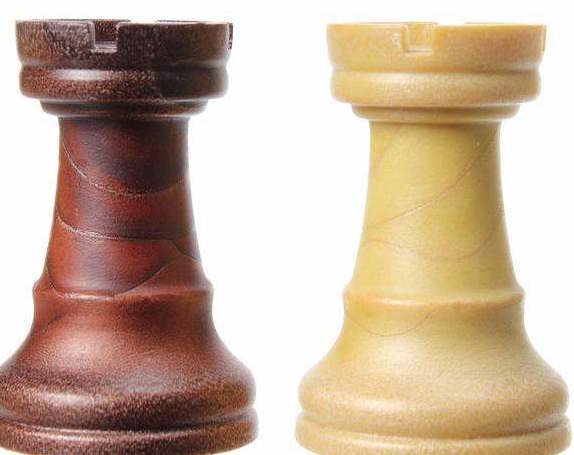
The Two Rook Endings You Must Know
The study of theoretical endgames is a necessary evil. For most players, it is a rather torturous experience simply because there is no room for innovation or creativity.
However, as any strong gandmaster will tell you, there are several theoretical positions that every aspiring player must memorize and thoroughly understand.
In their excellent monograph Fundamental Chess Endings, GM Karsten Muller and FM Frank Lamprecht advise that "you should study rook endings extremely carefully as they occur very frequently in practice."
Consequently, I would like to dedicate this article to a close examination of the two most important theoretical rook endings: the Philidor position and the Lucena position.

Both of them are very well covered in chess literature, but they still frequently bedevil players of all levels. So without further ado, let's plunge in!
The Philidor Position:
For obvious reasons, the Philidor Position is also known as the third-rank defense. In order to make any kind of progress, Black must take one of two measures:
1. Push the pawn. 60...f3 creates the deadly threat of 61...Kg3, threatening mate and forcing White's rook into utter passivity. But with the pawn on f3, Black's king is no longer protected from back rank checks, and after 61.Rc8! Kg3 62.Rg8+ Black can do absolutely nothing against them.
2. Interpose with the rook. Contesting White's control over the third rank is the only other way to disrupt the Philidor mechanism. But as soon as Black's rook reaches h3 or e3, White will take it and reach a theoretically drawn king + pawn vs. king endgame. Both scenarios are illustrated below.
And that's all there is to it! Whether you are White and have a rook on the third rank, or Black and have a rook on the sixth rank, the Philidor position is an extremely powerful defensive tool that we must all take to heart.
The Lucena Position:
To an untrained eye, the position might appear drawn. Black has a far-advanced passer to the good, but his king is completely entombed. As a matter of fact, a lovely two-step mechanism enables Black to extricate his king and promote his pawn:
Step One: Chase White's king away from the e-file. This is done by 71...Ra7, threatening ...Re7+. White can do nothing about it, since 72.Re8 allows 72...Rh7! followed by ...Kh2(1), promoting.
Step Two: Plant a rook on e5 and move your king away from g1. After ...Re5, everything is ready for the decisive bridge-building maneuver. White's rook must stay on the h-file, and after 71...Ra7 72.Ke2 Re7+ 73.Kd2 Re5 74.Rh7 Kf2 75.Rf7+ Kg3 76.Rg7+ Kf3 77.Rf7+ Kg4 78.Rg7+ Rg5! the crux of Black's idea is revealed. There are no more checks, and the pawn will promote.
See IM Danny Rensch's Videos on these Rook Endings - click here!
As long as the passed pawn is not on the a- or h-file, the Lucena mechanism works regardless of the placement of Black's pieces.

Once again, both of these mechanisms are very well known, but quite frequently they are improperly explained or considered self-evident.
Hopefully, this article has cleared up the ambiguity once and for all!
RELATED STUDY MATERIAL
- Read GM Naroditsky's last article: Mastering The Queen Sacrifice.
- Watch FM Mike Klein's video: 5 Games Where Rooks Beat Queens.
- Take a lesson on rooks in the Chess Mentor.
- Practice your tactics in the Tactics Trainer.
- Looking for articles with deeper analysis? Try our magazine: The Master's Bulletin.






